November
Spain, German aid
With the realization that the Civil War is likely to last a long time, the German Government decides to increase its economic and military commitment to the Nationalists. Hermann Göring, as the Commander in Chief of the German Air Force, is eager to advertise the power of his Luftwaffe and to test its new aircraft under combat conditions. Because the German Army is reluctant to commit any substantial numbers of regular troops, German participation in the Spanish Civil War becomes primarily a Luftwaffe affair. This force, the Condor Legion, is sent to Spain to fight the communists.
1 November
Italy, Treaties
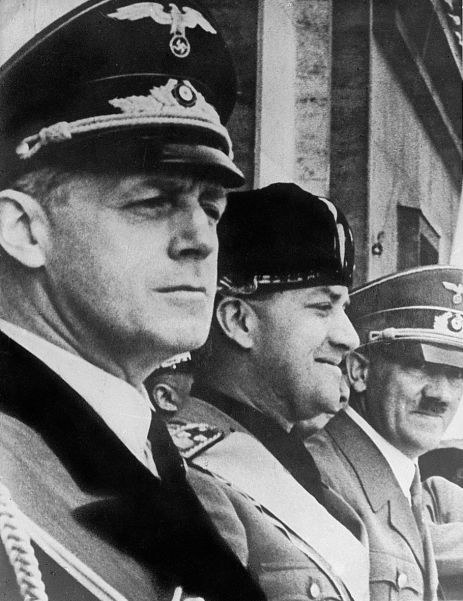
Mussolini publicly announces a German-Italian agreement, which constitutes an “Axis” around which the other European powers might work together. In the shaping of the Axis, Galeazzo Ciano goes to Germany where he meets Hitler and Joachim von Ribbentrop, the Führer’s special advisor on foreign policy. The birth of the Rome-Berlin Axis is now imminent. Italy’s relations with England and France have been severely strained by the opposing interests brought about by the Abyssinian conflict. The advisability of standing with Germany and confronting the Western powers is clear. At this and subsequent meetings at Berchtesgaden, Hitler’s retreat in the Bavarian Alps, five points are worked out in collaboration between the two countries, and the viewpoints of both dictators are carefully examined. Ciano’s report of the meetings was found satisfactory and Mussolini publicly announces the agreement.
Despite the Axis and the repeated mutual professions of friendship, the relations between the two leaders remain strained with certain suspicions. They watch each other’s diplomatic activities with Great Britain closely, and also the pressures each exert over Austria, the piece of territory sandwiched between the two.
2 November
Nazi Party, Awards
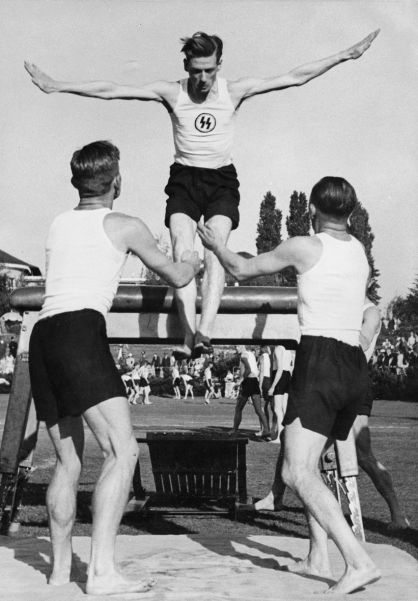
Hitler introduces an order that formalizes the awards of the party and forbids the wearing on party uniforms badges that have, by tradition, become considered genuine party commemorative or honourary awards. Badges and awards are an important part of Nazism. The order reads as follows:
“They may be worn on the civilian overcoat or jacket by all party members on the left lapel. All party members who were permitted to wear their party badge or the national emblem badges which were issued at the party gatherings may now not be worn at all, except that issued in the year 1929, but the ones which will be issued in future at such gatherings may only be worn for the duration of the gathering. The wearing of club medals on duty or party uniform is herewith forbidden or any of the party’s associated branches.”
3 November
Spain, German aid
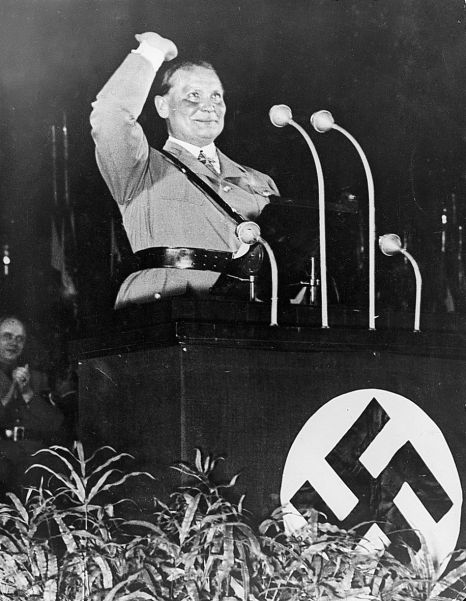
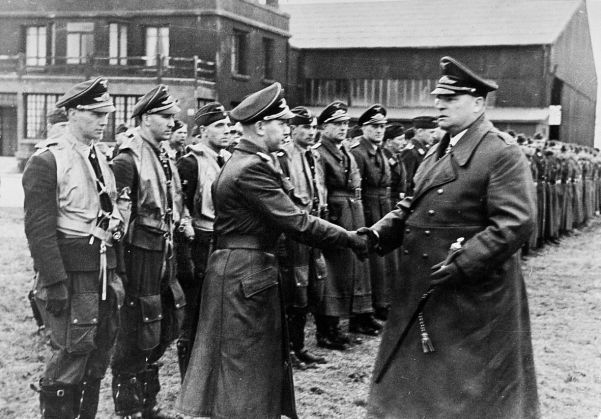
Warlimont returns to Germany and Generalmajor Hugo Sperrle is appointed by Göring to command the Condor Legion, which at the outset comprises, in addition to those German forces already in Spain, the following assets:
- 1 bomber group with 3 squadrons of Junkers Ju 52s
- 1 fighter group with three squadrons of Heinkel He 51s
- 1 reconnaissance squadron with 12 Heinkel He 70 aircraft
- 4 batteries of 88mm antiaircraft guns
- 2 batteries of light antiaircraft guns
- 1 air signals unit with a wireless, telephone, a communication and an air security company
- 1 Air Park with machine shops
- 1 leadership staff
6 November
Germany, Treaties
Germany joins the London Submarine Protocol. This international treaty was originally signed by the major naval powers in 1930, and seeks to impose rules on submarine warfare. Surprise submerged attacks on merchant vessels are not permitted. Instead, the submarine should surface, stop the vessel and inspect its papers. It can only be sunk if its cargo comes under a specified list of contraband and the safety of the crew can be ensured. As lifeboats are not considered suitable accommodation on the high seas, the ship’s crew are supposed to be taken aboard the submarine.
9 November
SS, Waffen-SS
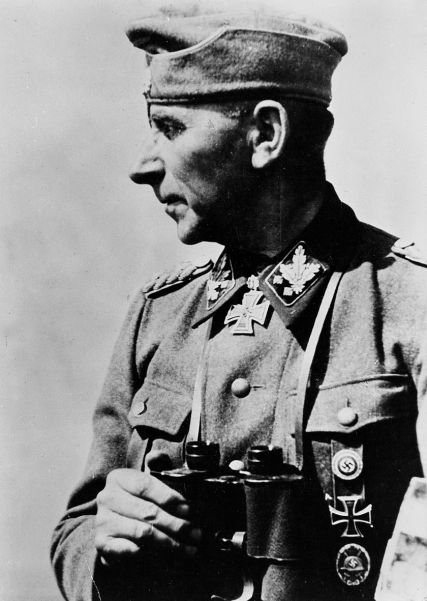
Felix Steiner is the luminary when it comes to the actual training programme of the SS-Verfügungstruppe. In 1935, he joined the SS-Verfügungstruppe and helped to develop the 3rd battalion of the SS-Standarte Deutschland, stationed in Munich and the SS training camp at Dachau concentration camp. He applied his military training to the men, instituting rigorous training schedules in application of his motto “sweat saves blood”.
One recruit in three fails basic training the first time round. However, for the successful candidates there is a passing-out parade where they take the SS oath, which is taken separately from members of the other SS branches. At 22:00 hours on the occasion of the November 9 anniversary celebrations of the Munich Putsch, the ceremony takes place. They have been described as a “uniquely holy event on which the venerated cadre of the survivors of the Munich Putsch silently re-enacted their march through the crowd-lined streets of the Bavarian capital in a bombastic travesty of the Passion Play”. The finale is the torch-lit oath-taking ceremony for candidates of the SS-Verfügungstruppe, which takes place in Hitler’s presence before the Feldherrnhalle and the 16 smoking obelisks, each of which bear the name of the first fallen party faithful. The oath is a major ingredient in the SS mystique, binding each successful candidate in unswerving loyalty to Adolf Hitler. During the ceremony a voice intones the 16 names, and after each one a thousand voices chant “Hier”.
25 November
Germany, Treaties
The Anti-Comintern Pact is signed with Japan. The agreement was concluded first between Germany and Japan and then between Italy, Germany, and Japan (November 6, 1937). Ostensibly it was directed against the Communist International (Comintern), but by implication, specifically against the Bolshevik Soviet Union.
The treaties were sought by Adolf Hitler, who at the time was publicly inveighing against Bolshevism and who was interested in Japan’s successes in the opening war against China. The Japanese were angered by a Soviet-Chinese non-aggression treaty of August 1936 and by the subsequent sale of Soviet military aircraft and munitions to China. For propaganda purposes, Hitler and Benito Mussolini were able to present themselves as defenders of Western values against the threat of Soviet communism.
